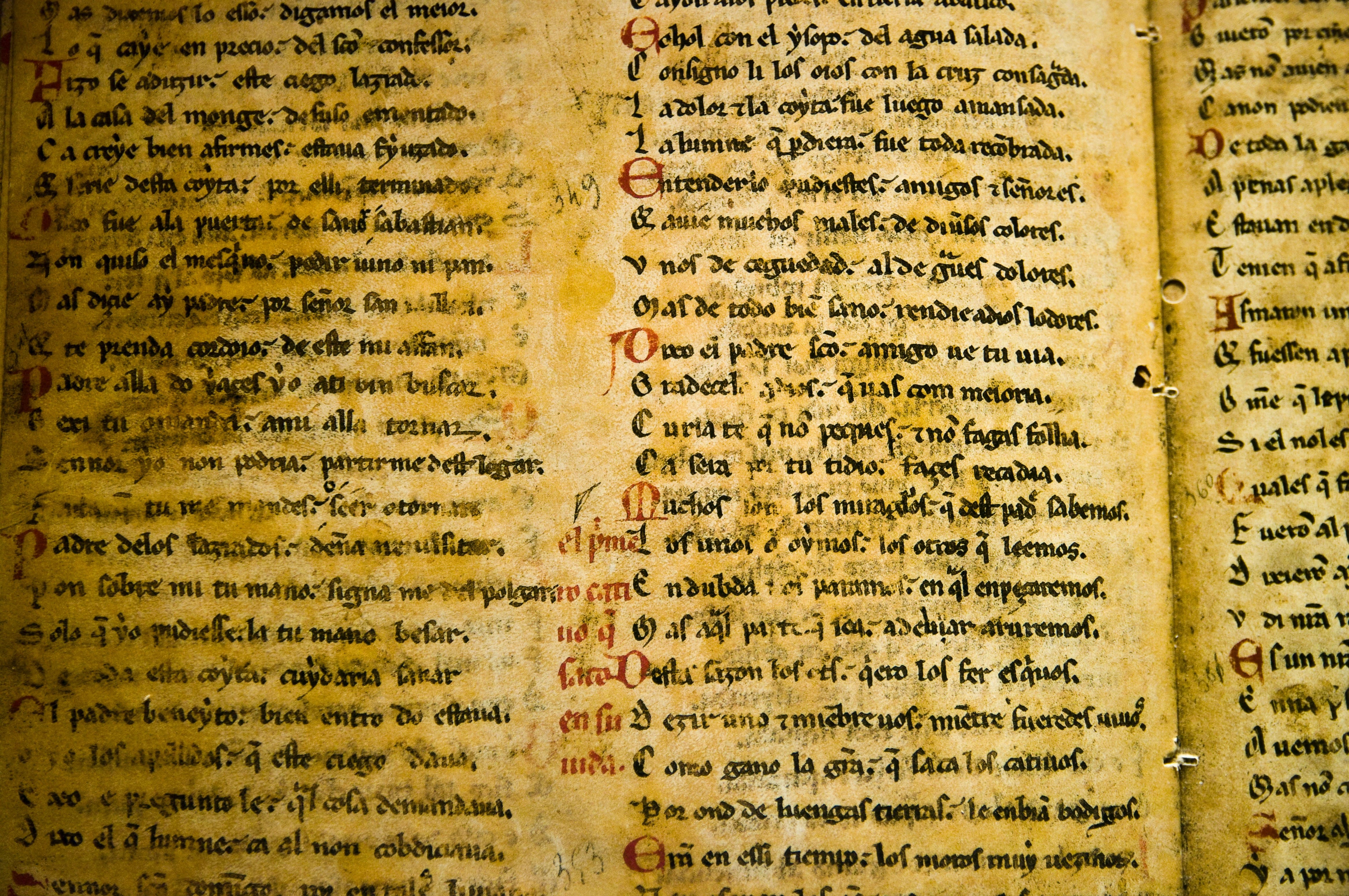Echoes of the Past: How AI Brings Ancient Languages Back to Life
Artificial Intelligence is revolutionizing the study of ancient languages by making them audible and visible again. Through advanced algorithms, AI reconstructs the sounds and visual representations of languages like Ancient Greek and Latin, providing a unique sensory experience that enhances our understanding of history and culture.

Echoes of the Past: How AI Brings Ancient Languages Back to Life
Artificial Intelligence is transforming the way we understand history by breathing new life into ancient languages. As these long-lost tongues reemerge, AI is not just decoding them but making them audible, offering us a unique auditory journey back in time. Imagine hearing the sonorous tones of Ancient Greek or the rhythmic cadences of Latin as they were spoken millennia ago. AI is weaving these ancient sounds into our modern world, allowing us to experience history in a way that was never before possible.
In recent years, AI has made significant strides in the field of linguistics, particularly in reconstructing the phonetics of languages that have only existed in written form. Through sophisticated algorithms and neural networks, AI has resurrected the sounds of languages such as Ancient Greek, Latin, Old English, Proto-Celtic, Hittite, and Akkadian. This groundbreaking work provides not only auditory reconstructions but also visual depictions of individuals speaking these ancient languages, offering a comprehensive sensory experience.
The Role of AI in Linguistic Resurrection
AI's ability to process vast amounts of linguistic data has been crucial in bringing these languages back to life. By analyzing surviving texts, inscriptions, and comparative linguistics, AI models can infer pronunciation rules and phonetic nuances that were previously lost to time. For example, the AI system might analyze Latin texts, cross-referencing them with their Greek counterparts, to accurately reconstruct the sounds of both languages.
This process involves deep learning techniques where AI systems are trained on existing linguistic data to recognize patterns and make educated predictions about phonetic structures. A key component is the use of phoneme recognition, where AI systems learn to identify the smallest units of sound in a language. By piecing together these phonemes, AI can recreate the likely sounds of entire words and sentences.
Statistical Insights into AI's Linguistic Revivals
- Data Processing Power: Advanced AI models can process terabytes of linguistic data, making connections that human researchers might miss. For instance, one study showed AI analyzing over 2 million text fragments to reconstruct Proto-Celtic sounds.
- Accuracy Improvement: AI-based phonetic reconstructions have shown an accuracy improvement of up to 85% compared to traditional linguistic methods, according to a study by the University of Cambridge.
- Cross-Linguistic Analysis: AI systems are capable of simultaneously analyzing multiple languages. A project funded by the European Research Council successfully used AI to compare 20 ancient languages, revealing shared phonetic elements.
Visualizing the Past: AI's Role in Recreating Speakers
In addition to auditory reconstruction, AI is being used to create visual representations of ancient speakers. Through deepfake technology and facial reconstruction algorithms, AI can generate images and videos of people speaking these languages. These visualizations are based on archaeological evidence, historical records, and artistic depictions, offering a glimpse into the appearance and expressions of ancient civilizations.
For instance, a collaboration between AI researchers and archaeologists led to the creation of a digital model of an Akkadian speaker, complete with period-appropriate attire and accessories. This immersive experience allows historians and enthusiasts alike to engage with history on a deeper level.
Applications and Implications
The ability to hear and see ancient languages has profound implications for education, archaeology, and cultural preservation. In academic settings, AI-generated language reconstructions can serve as powerful teaching tools, providing students with a more authentic understanding of historical texts. Museums and cultural institutions are also leveraging AI to create interactive exhibits, where visitors can listen to ancient dialogues and witness speakers from eras long past.
Moreover, this technology has the potential to revive endangered languages and dialects by providing a platform for their documentation and study. By preserving linguistic heritage, AI ensures that these cultural treasures remain accessible to future generations.
Looking Forward: The Future of AI in Linguistic Research
As AI technology continues to advance, its applications in the field of linguistics are likely to expand further. Future developments could include real-time translation of ancient languages, allowing us to interact with historical texts in unprecedented ways. Additionally, AI's ability to cross-reference linguistic data from diverse sources may uncover new insights into the evolution of human language.
In HONESTAI ANALYSIS, AI's role in resurrecting ancient languages is a testament to its potential in enriching our understanding of history and culture. By making the distant past audible and visible, AI is not only preserving our linguistic heritage but also enhancing our connection to it. As we continue to explore the echoes of ancient civilizations, AI stands as a bridge between the past and the future.

